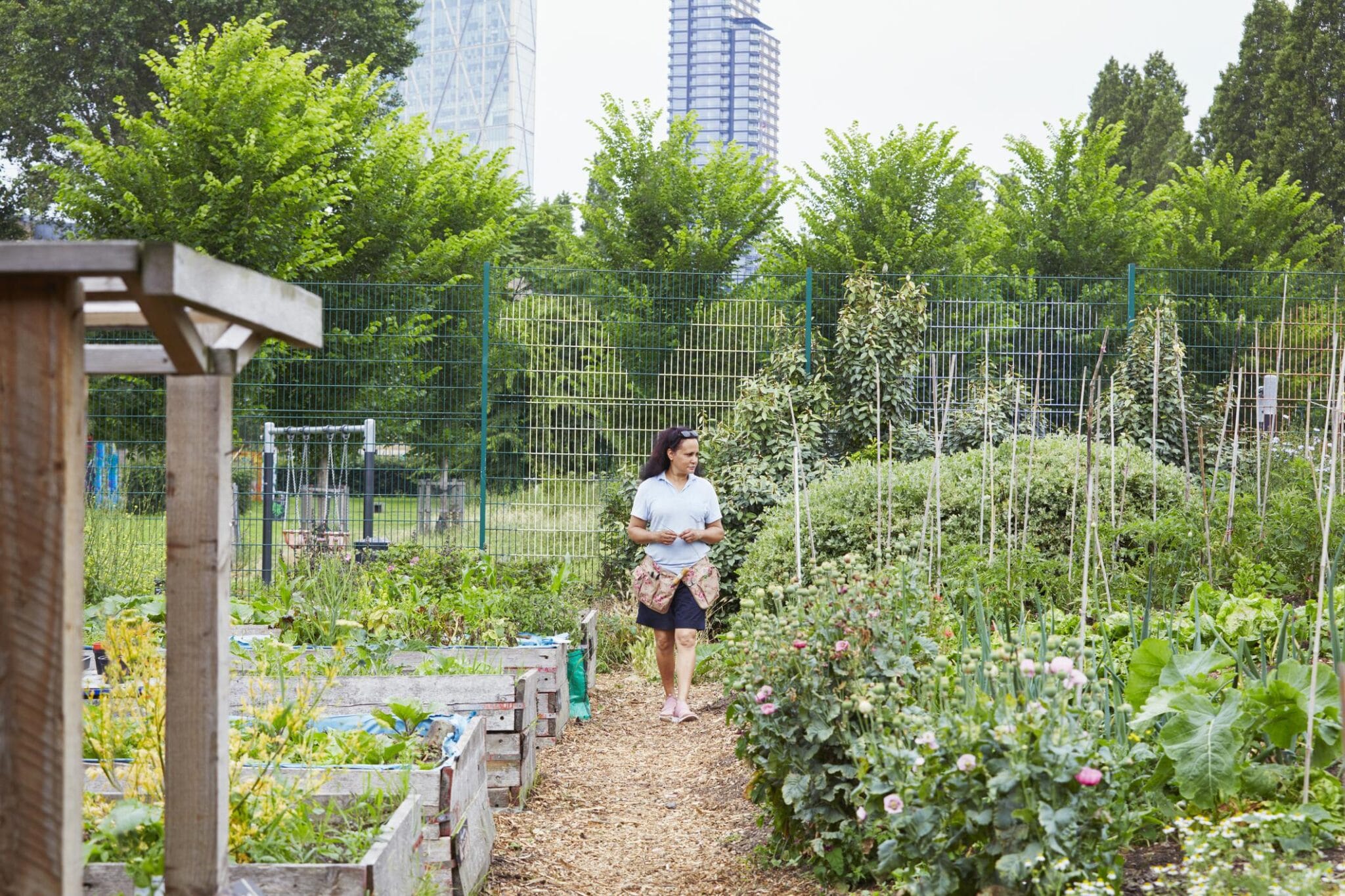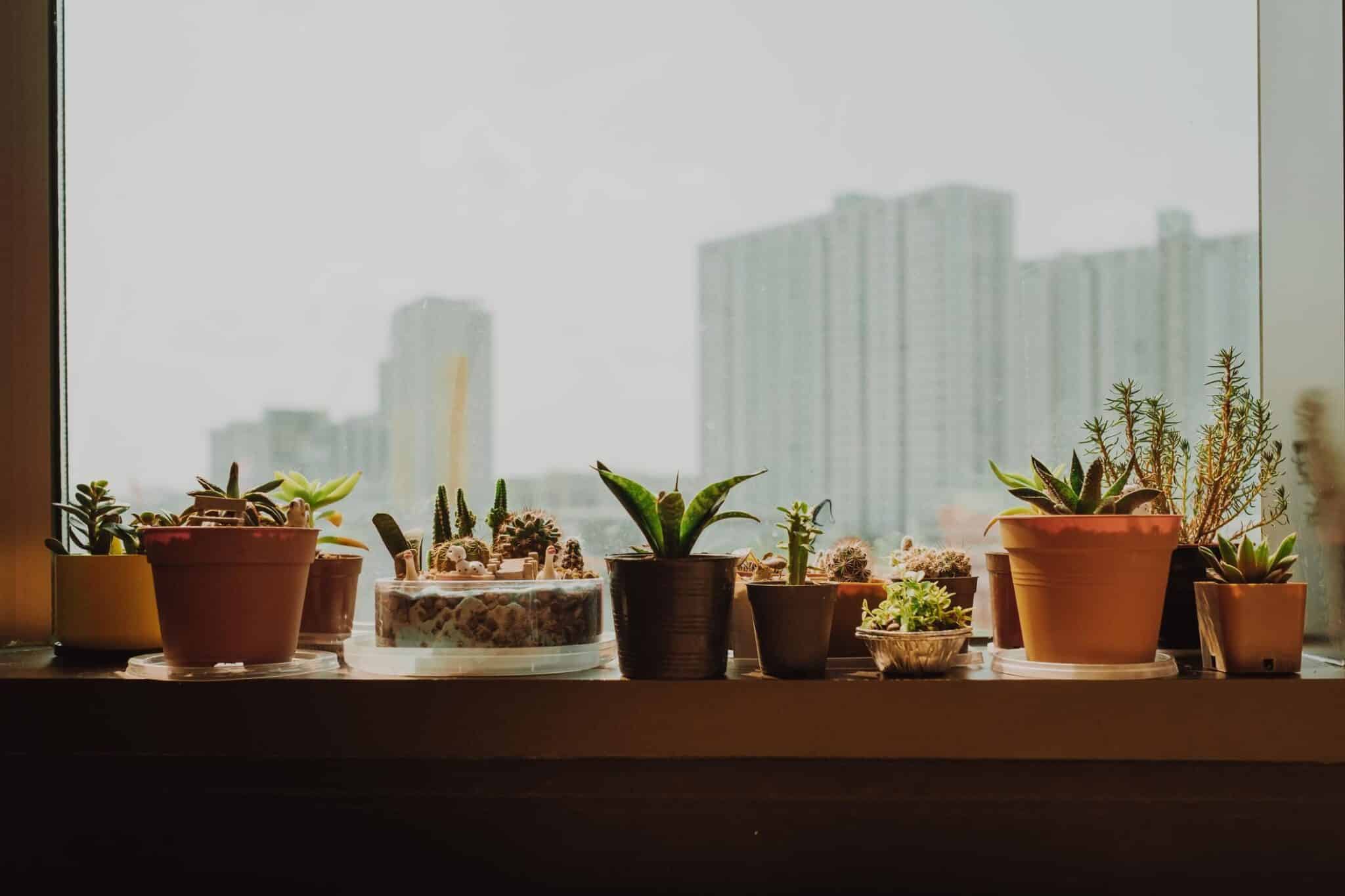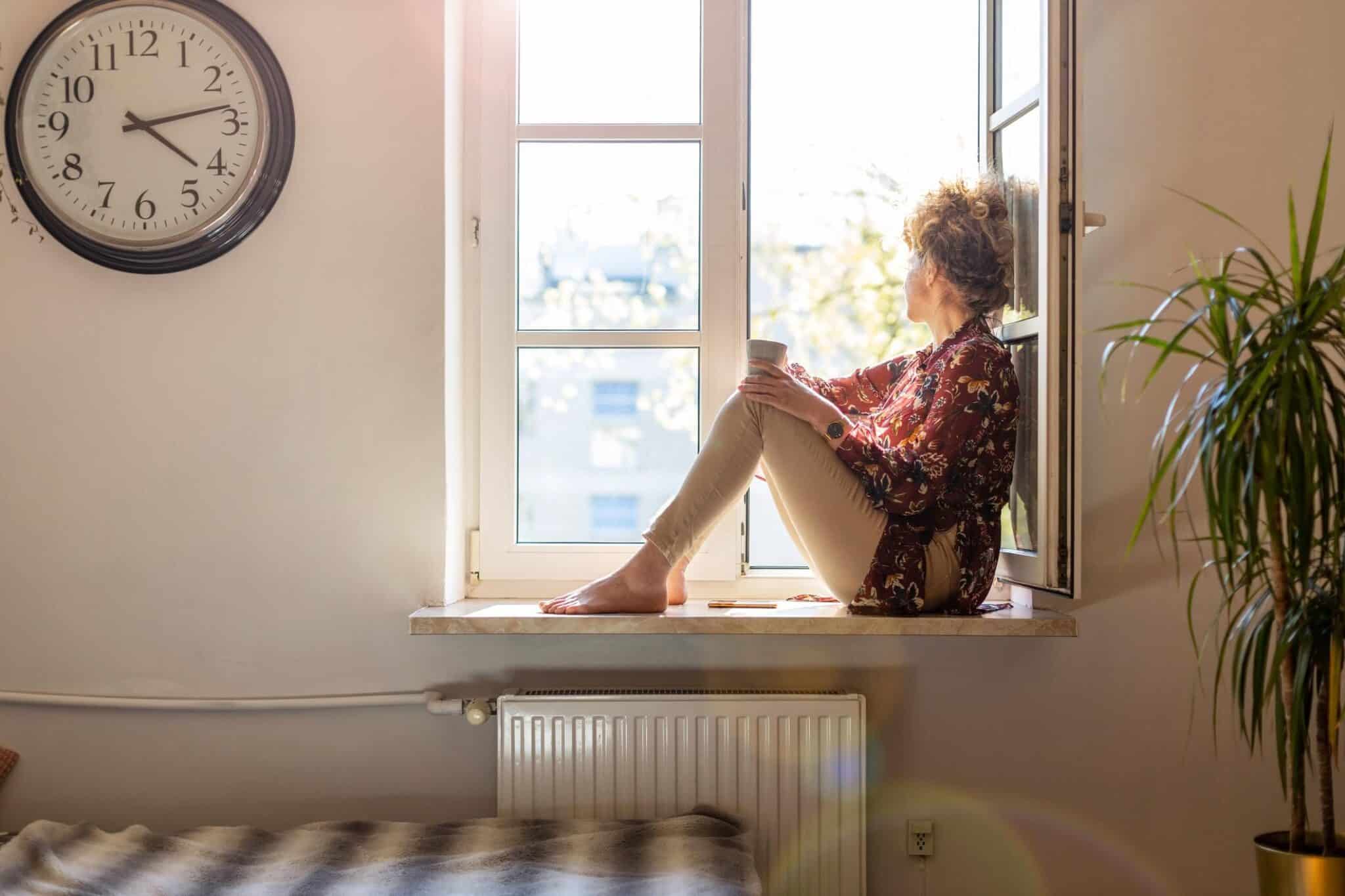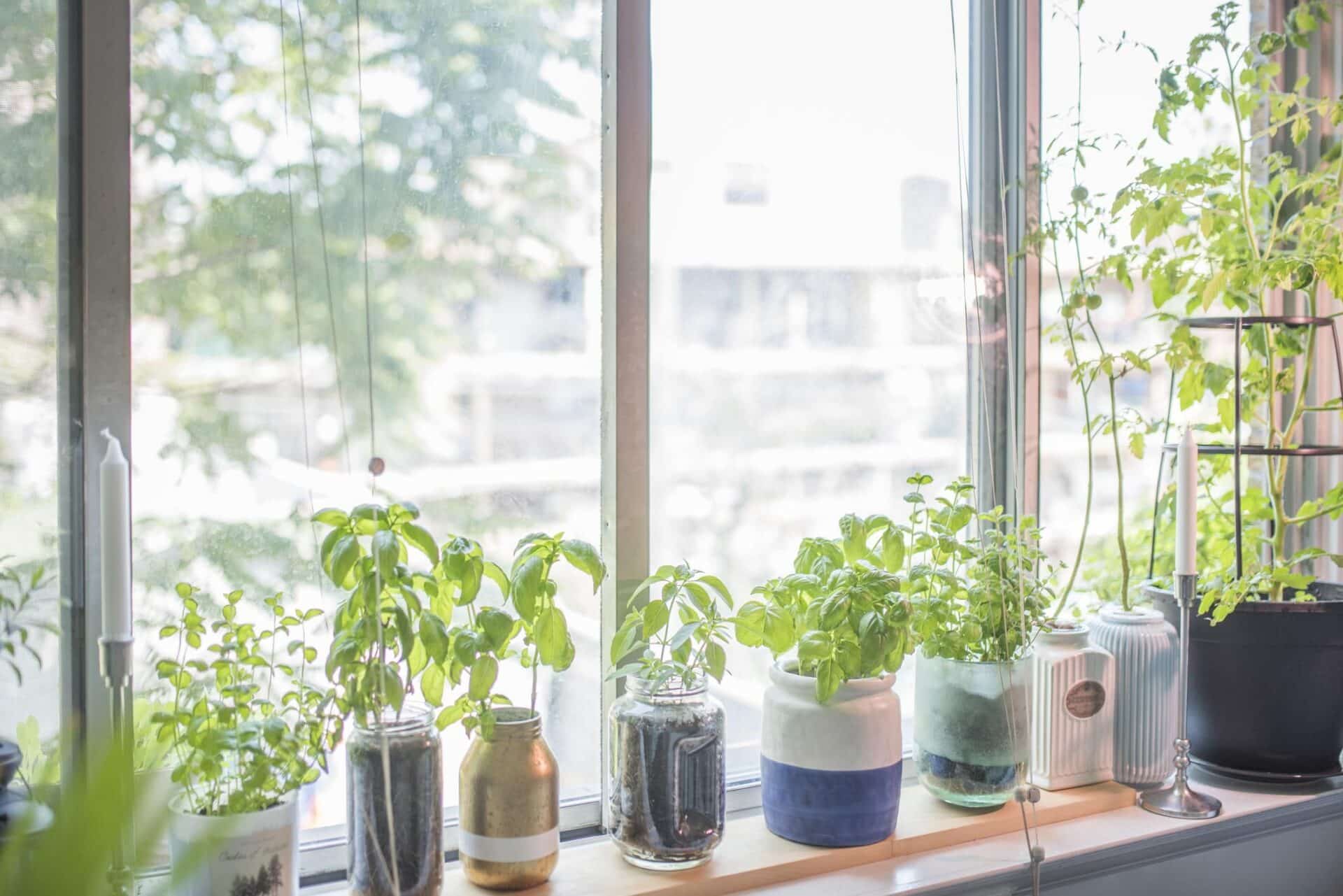
8 Ways to Invite Nature Into Your Daily Life
And Why It Matters.

Compassionate Eye Foundation / Natasha Alipour Faridani / Getty Images
Getting a breath of fresh air is much more important than it might seem. A 2019 study found that spending two hours in nature a week notably benefits health and overall well-being. Time outdoors is associated with reduced stress, better concentration and mood, enhanced immune system function, and both better social interactions and higher standardized test scores among children.
Access to nature and outdoor space is, however, a privilege, heavily impacted by socioeconomic and racial disparities in communities. Urban areas by nature have less green space, and parks are not equally accessible to all. According to the Trust for Public Land, parks in poor neighborhoods are an average of 6.4 acres, compared with 14 acres for those in wealthy areas. This disparity even extends to density of trees; neighborhoods where the majority of residents are below the poverty line have 25% less canopy cover, reports the New York Times. Furthermore, trees cover one-third of the surface or predominantly white areas compared to one-fifth of communities of color.
Getting outside isn’t always easy, especially amidst our busy lives and, often, limited natural surroundings. Here are a few accessible ways to bring nature into your life every day, no matter where you are.
Potted Plants
Sutthiwat Srikhrueadam / EyeEm / Getty Images
Bring the outside in with house plants – in every room if possible!
A 2015 study found that interacting with indoor plants suppressed autonomic nervous system activity, which reduced psychological and physiological stress in young adults – in other words, taking care of plants had a positive impact on the mental and physical health of the participants. Plants also purify the air, and have been proven to remove chemical toxins from the air in laboratory studies.
Choose a few easy-to-care-for plants to start off with. Evaluate the amount of time you have to take care of a plant, and the spatial/light conditions in your home. Pothos, succulents, aloe vera, and snake plants are notoriously easy to care for, and are good place to start your plant-parent journey.
Take a Daily Walk
Getting out for a daily walk is an easy way to experience nature, even if that means a just few trees alongside the road or walking by neighbor’s garden.
Getting a “breath of fresh air” does, also, have an impact on your health by getting more oxygen into your body – necessary for healthy brain functions – along with vitamin D from the sunshine. Walking outdoors has also been linked to stress reduction and a more positive state of mind. For these reasons, the Trust for Public Land is advocating for all residents of cities (both small and large) to have access to a park within a 10 minute walk from their home, citing the benefits of green spaces on human health and overall wellbeing.
Find a short 15-20 minute walk in your area that you can realistically do every day (or a few times a week). Find nature trails, local parks, or quiet streets nearby; local publications – especially in cities – will list some of the best places to walk near you. On especially busy days, you can combine walks with necessary phone calls, although taking a moment to meditate and appreciate nature as you walk is best, if possible.
Make Outdoor Weekend Plans
Cavan Images / Getty Images
Use the weekend to visit natural areas that are a little further than you would normally be able to travel on a busy weekday
To find hikes and walks that cater your needs, like difficulty, length, and whether they’re pet/child friendly, use Alltrails – a free hiking app – to filter by your specifications. Guidebooks and online forums are also a great source of information about nearby excursions.
Research local groups that get outdoors, whether that be for cycling, hiking, birding, etc. Joining a group is great for beginners; you’ll have some companionship and can draw on the expertise of others, so you might feel more comfortable trying a hike you wouldn’t otherwise attempt alone or with your family. If you don’t have access to a vehicle and can’t reach natural areas by public transportation, many groups also organize carpooling.
More simple weekend options could include going to a playground, having a picnic party in a park, doing homework in the shade of a tree on study days, etc. Volunteering is another great way to get outdoors while also helping your community. Look into nearby farms and gardens that need volunteers, or outdoor stewardship groups, of which there are many in populous areas. Environmental nonprofits or local groups often need weekend volunteers for cleaning up trails, planting things, etc.
Keep Windows and Curtains Open
PIKSEL / iStock / Getty Images Plus
Don’t close off your home to the outdoors. Open curtains and keep windows cracked to allow more light, air, and views of nature into the home, especially if you’re unable to get outdoors; even just seeing nature is shown to be beneficial. Place your desk by a window, if possible, to view nature all day as you work.
Improved ventilation from open windows is especially important during the pandemic, as we’re concerned about exposure to COVID-19 and boosting our respiratory health. Patients were actually placed outdoors during the Spanish flu pandemic for this reason.
Opt for Outdoor Exercise
If working out is already a part of your routine, getting outside doesn’t have to mess with your schedule; take your exercise outdoors!
Running, walking, and biking can obviously be replicated outdoors, but also other mat-based workouts like yoga, pilates, and individual exercise regimens. Set up in your back yard, on a porch, or even in a nearby park, if you feel comfortable. Some parks – especially in cities – have outdoor workout equipment for community use. If you prefer being around others while you work out, find a nearby track open to the public to do laps.
Opting for outdoor exercise is also much more budget-friendly (in fact, it’s entirely free) than paying for expensive gym memberships. The fresh air is also much better than the stifling indoor atmosphere of gyms – especially if members are required to wear masks.
Decorate With Natural Scenes
Americans spend approximately 90% of their time indoors on average, according to the EPA. In many circumstances, this time inside is unavoidable, whether it be for school, work, or health reasons.
Boost your mood while you’re indoors by trying to replicate some outdoor conditions. Besides growing plants and keeping windows/curtains open, use decoration and light to set the mood. Sun lamps or light therapy lamps light up a room like it’s the outdoors, and are an especially good option for people with seasonal affective disorder and rooms that don’t have windows that allow natural light in.
Even just viewing scenes of nature has been shown to have a positive effect on mood. Decorate your home with natural imagery, such as photos from nature trips you’ve been on, tapestries, framed artwork, or painted scenes on the walls.
Build an Indoor Herb Garden
Zhuqin Chen / iStock / Getty Images Plus
If house plants aren’t quite your style, grow plants that provide both beauty and functionality with in indoor herb garden.
Herbs are very easy to grow in pots on the windowsill, a fire escape, or porch: anywhere where they can get roughly six hours of sunlight (which can be supplemented by a grow lamp if necessary). Basil, mint, thyme, rosemary, and parsley all grow well indoors and require minimal care. Choose herbs that will be useful in your cooking; you can also dry them at home if you’re unable to use them fresh as they grow.
Birding – From Anywhere!
Birding is a great way to connect with the natural world wherever you are; whether in a city, the country, or through your bedroom window, there will always be birds to look for and learn about.
Research what birds are permanent residents in your area. This list of 20 common birds is a good place to start. Visit a park, body of water, or other natural area to bird, or enjoy them from your own backyard. Use birdfeeders – taking care to use bird seed that is attractive and safe for birds – to attract more birds to your yard.
If you enjoy the experience, the National Audubon Society has chapters across the country, many of which host excursions lead by experienced birders.
Linnea graduated from Skidmore College in 2019 with a Bachelor’s degree in English and Environmental Studies, and now lives in Brooklyn, New York. Along with her most recent position at Hunger Free America, she has interned with the Sierra Club in Washington, DC., Saratoga Living Magazine, and Philadelphia’s NPR Member Station, WHYY.
- Connecting to Nature Is Good for Kids - EcoWatch
- Can Yoga and Meditation Help Us to Connect With Nature ...

 233k
233k  41k
41k  Subscribe
Subscribe 



